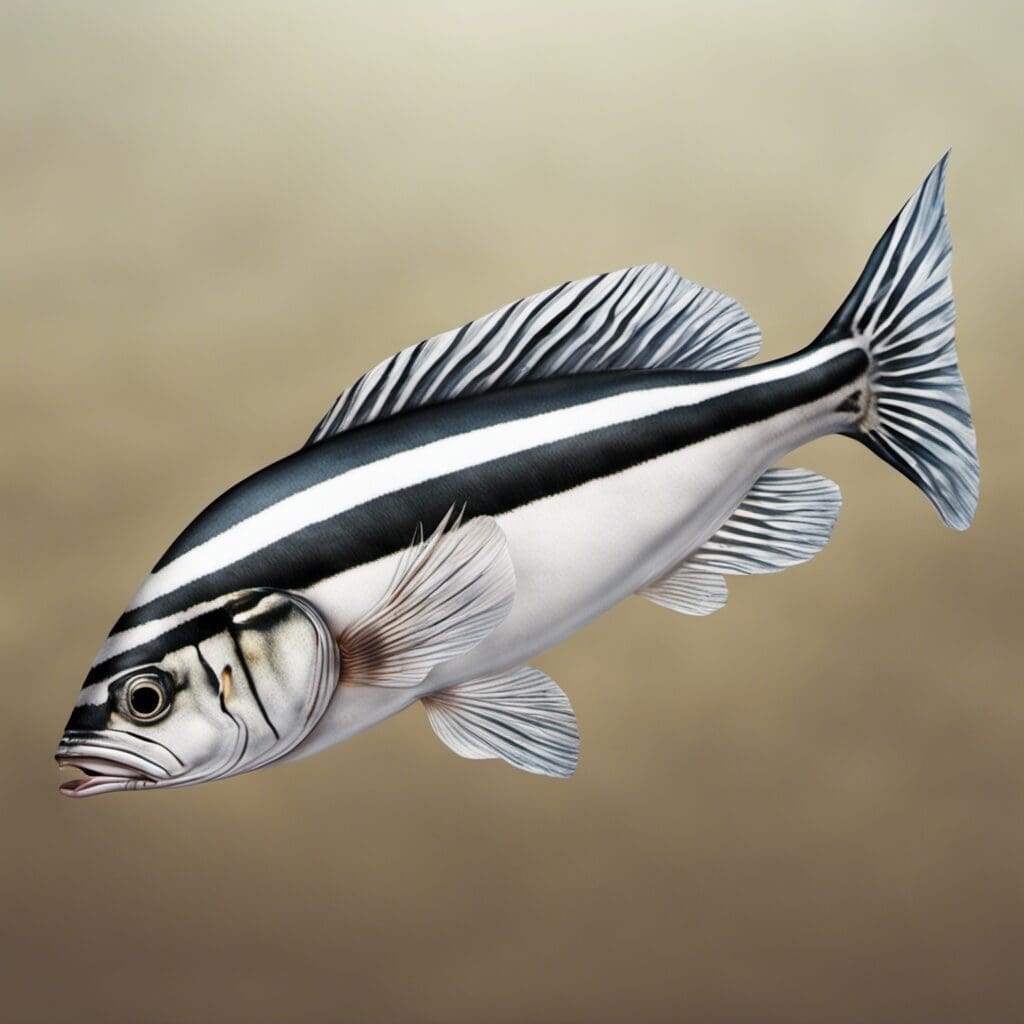Introduction
The Striped Searobin, known scientifically as Prionotus evolans, is a fascinating fish species from the Triglidae family.
Conservation Status
Currently, the Striped Searobin is not classified as threatened or endangered and therefore, is not under the watchful eye of major conservation agencies. However, this does not rule out the potential impacts that habitat changes, pollution, and overfishing can have on their population.
Statistics
| Statistic | Average | Range |
|---|---|---|
| Length | 12 inches | 8-18 inches |
| Weight | 0.5-1.5 lbs | 0.2-2 lbs |
| Average Lifespan | 7-10 years |
Distribution
Striped Searobins are primarily found along the Atlantic coast of North America, ranging from Maine to the Gulf of Mexico. They don’t usually migrate and spend most of their lifecycle within the same region.
Habitats
The Striped Searobin lives in saltwater environments, favoring sandy or gravelly bottom areas near the coastline. They typically inhabit waters up to 200 feet deep and are known to thrive in temperatures ranging from 55 to 75 degrees Fahrenheit.
When and Where to See
Striped Searobins can be spotted throughout the year, with enhanced visibility during the spring and summer months. Early morning or later in the evening tend to be prime times for spotting this species.
Best Fishing Locations and Tips
- Chesapeake Bay, Virginia
- Key West, Florida
- Newport, Rhode Island
- St. Augustine, Florida
- Montauk, New York
Fan of fishing without any specific location? Look for areas with sandy or gravelly bottoms near coastal regions. Searobins often burrow into these substrates for camouflage, so keep an eye out for disturbances in the sand or gravel.
How to Catch
Live shrimp, crab or cut bait are all top choices for attracting Striped Searobins. They are bottom feeders, so bottom fishing techniques tend to be the most effective. Plan your fishing trip around dawn or dusk for the best chance of success.
Identification Guide
Striped Searobins are easily recognizable due to their reddish-brown bodies with dark vertical stripes. They also have a large scale-like plate in front of their dorsal fins. One can also identify them by their unique narrow body and roughly square-shaped pectoral fins.
Culinary Information
Striped Searobins are noted for their mild flavor and firm, white flesh. They can be pan fried, grilled, or even used in a fish stew. High in protein, this species provides a healthy seafood option with delicious taste.
Additional Information
Behaviorally, Striped Searobins are nocturnal species. They feed on small invertebrates, often burying themselves in the sandy seafloor during the day. Their primary threats include larger fish and seabirds, with pollution and habitat changes being human-induced threats.
Historically, Striped Searobins were regarded as throwaway bycatch for commercial fishers, but have recently gained recognition in culinary circles for their flavorful, firm flesh.
References and Further Reading
For further information on this intriguing species, review the following resources:
- Fishbase – An online global database on fish species
- Florida Museum of Natural History – For information about the species’ behavior and distribution
Note that these sources are external and their content may change without notification. Always refer back to primary literature and consult with a subject matter expert for accurate information

